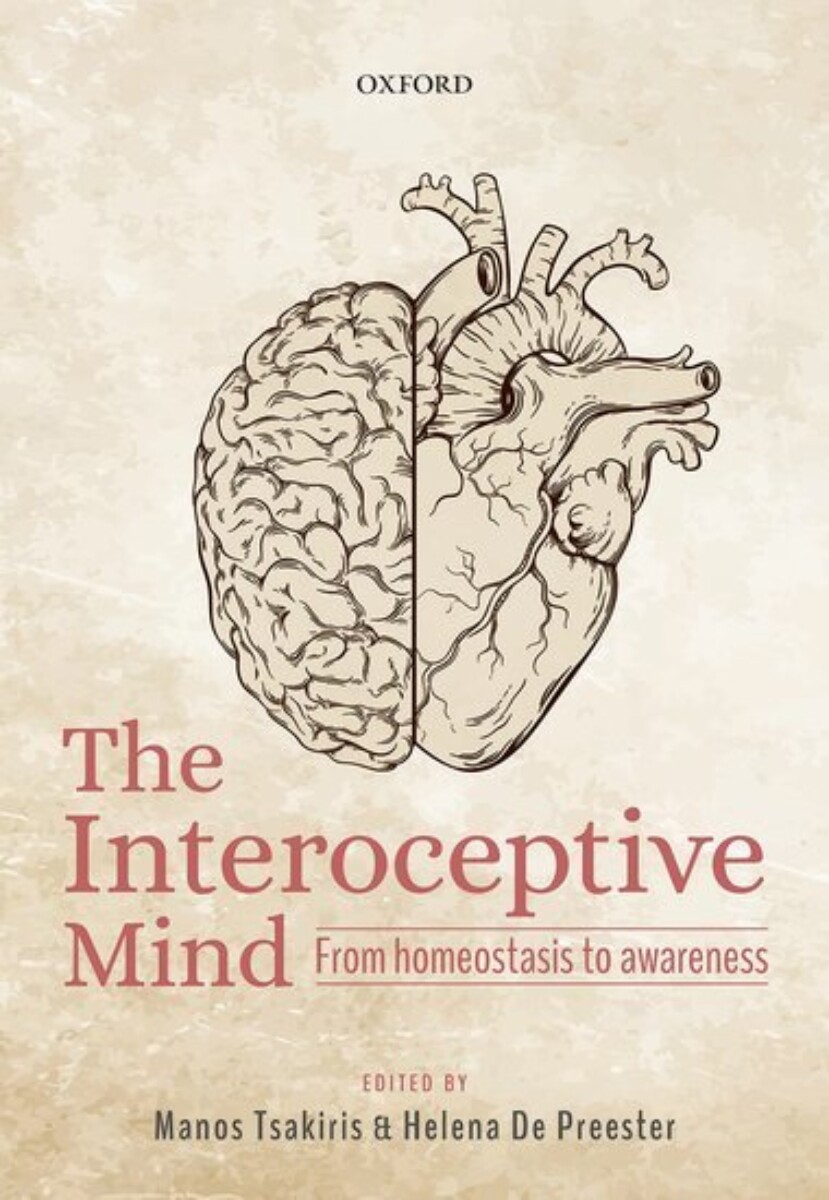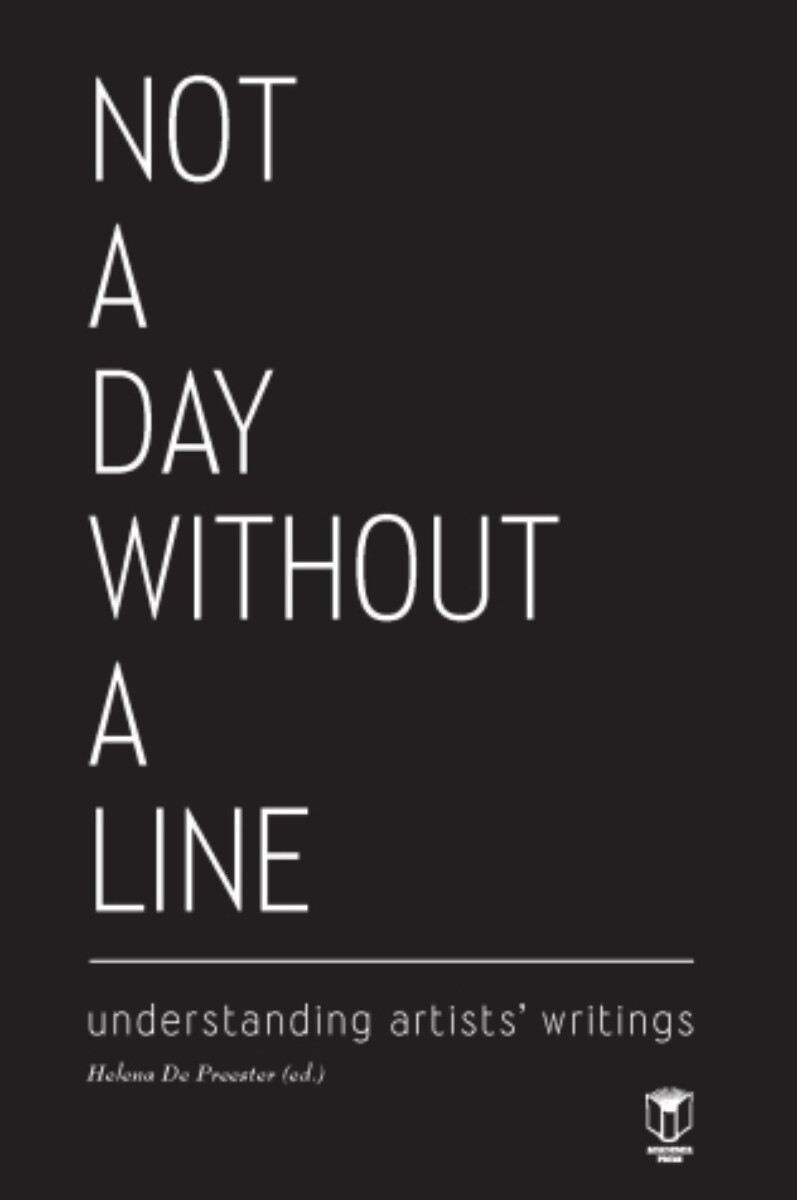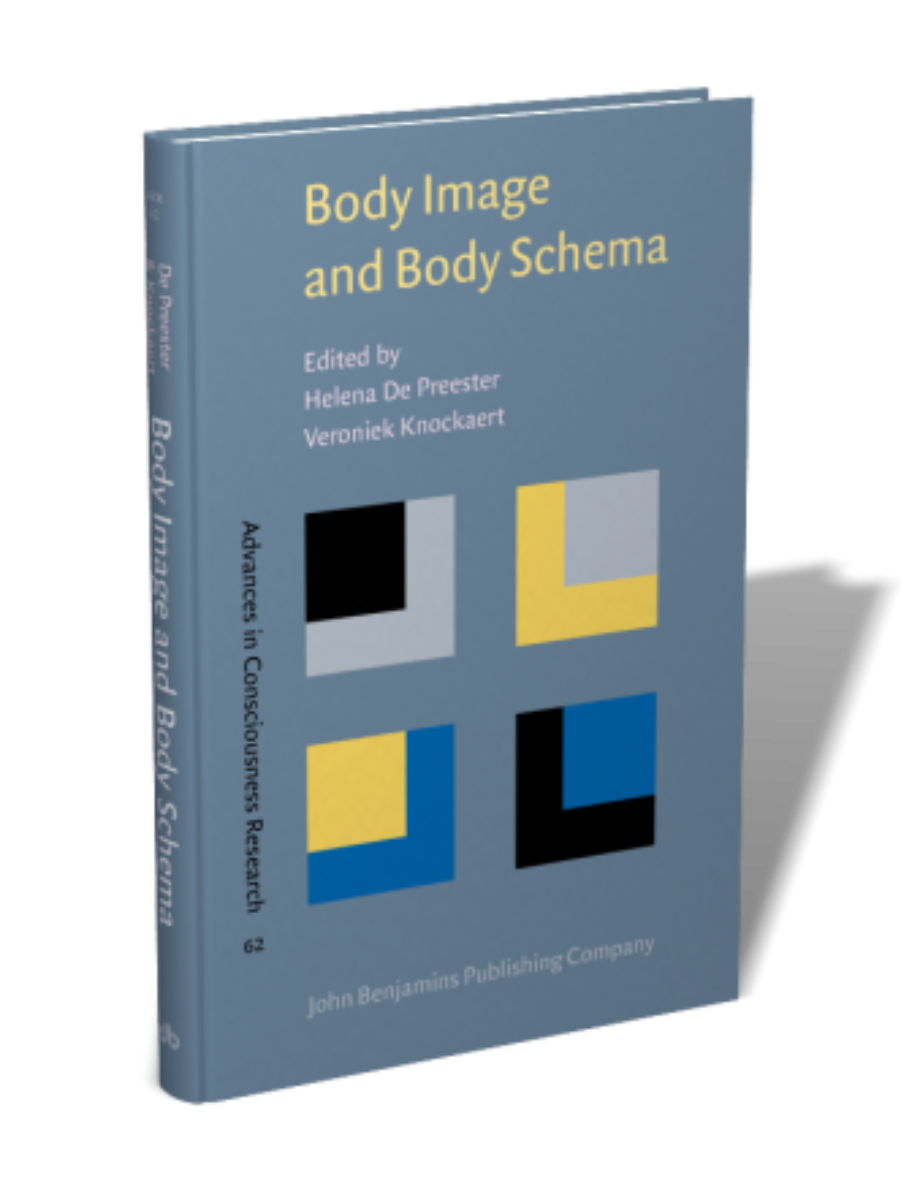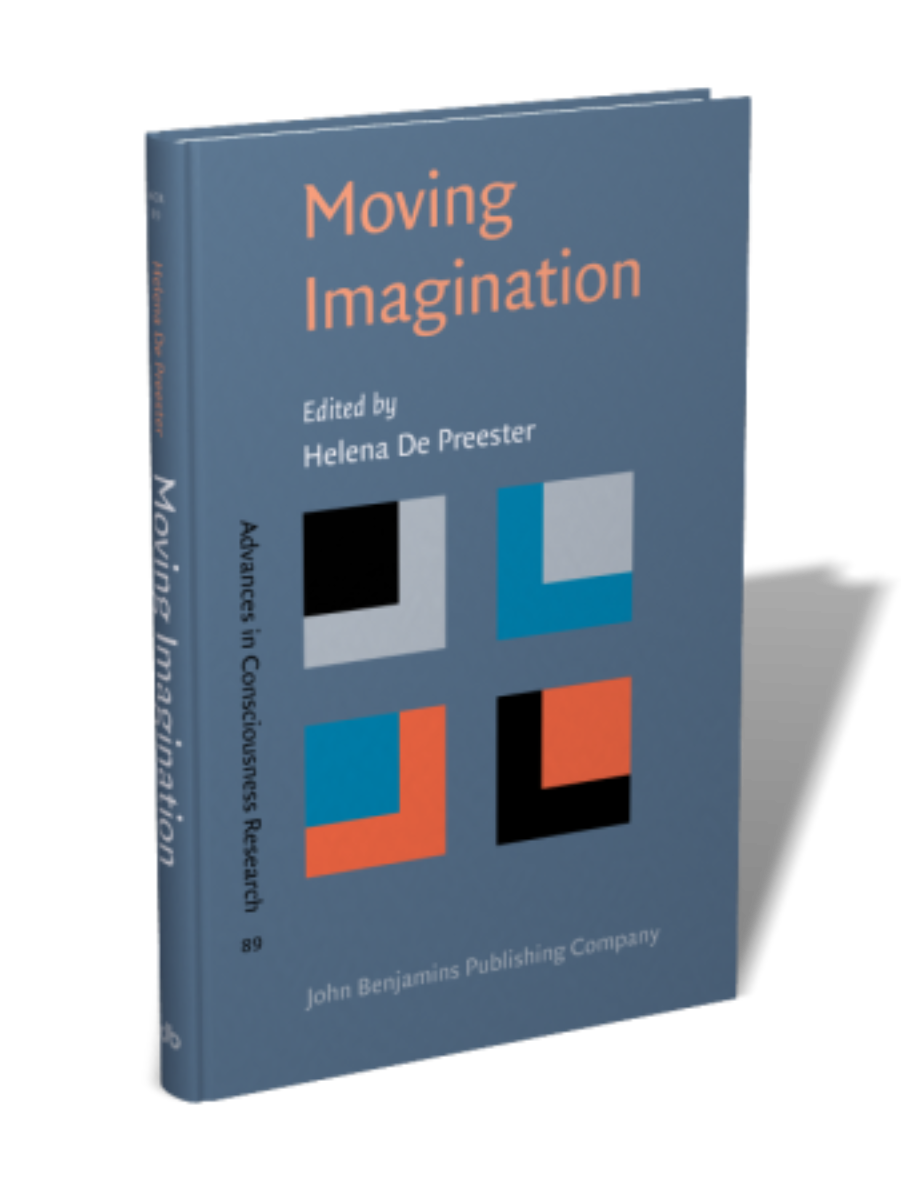Art moves us and is itself mostly the result of motion. Accounts of the powerful effects of works of art on the perceiver traditionally focus on explicit, verbalizable and conscious processing on the part of the perceiver. More recently, this focus has turned out to be biased because it considers works of art in isolation from their coming into being in art practices. Undoubtedly, many perceptual, cognitive and emotional processes are indeed a matter of explicit, verbalizable and conscious processes that are going on in the observer. This, however, is only part of the story, and artificially separates the process of making art from the process of perceiving art. However divergent the gestures, movements or actions involved in the making of art may be, maker and perceiver are united in motion. In three studies, we further examine the idea that the powerful effects of art works are largely based in prereflective and embodied perceptual processes that are tuned to the motor origin of works of art. Staying close to the practice of making art, we focus on the too often neglected point of intersection where maker and perceiver meet: motion. Methodologically, this requires interdisciplinary cooperation between theory and art practice, and between theoretical reflection and empirical research. Theoretical reflection is informed by our background in philosophy and cognitive psychology, empirical research by close collaboration with artists and experimental psychology.
Study 2: Subjectivity and expressive motion by performing musicians
Study 3: The unspeakable element in being moved by art








